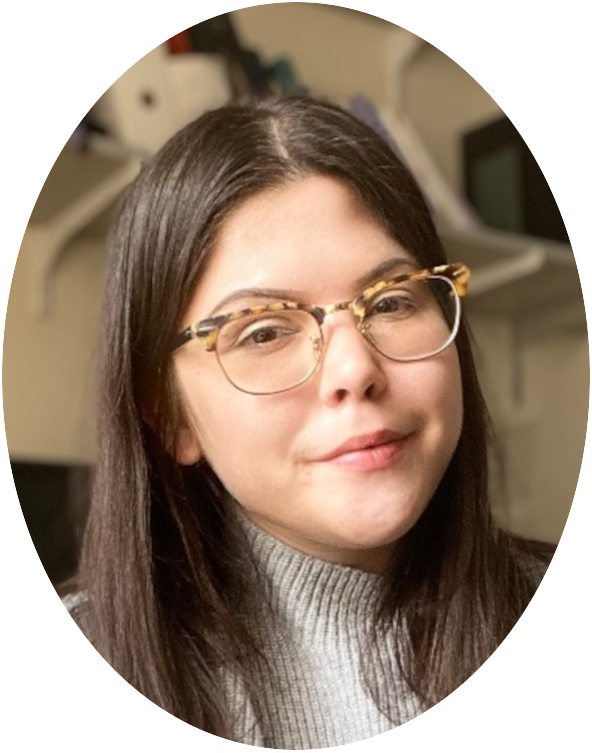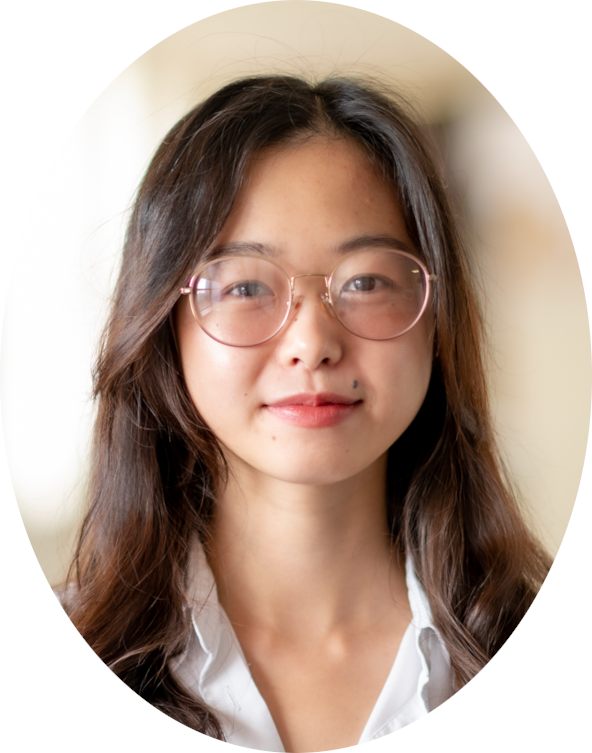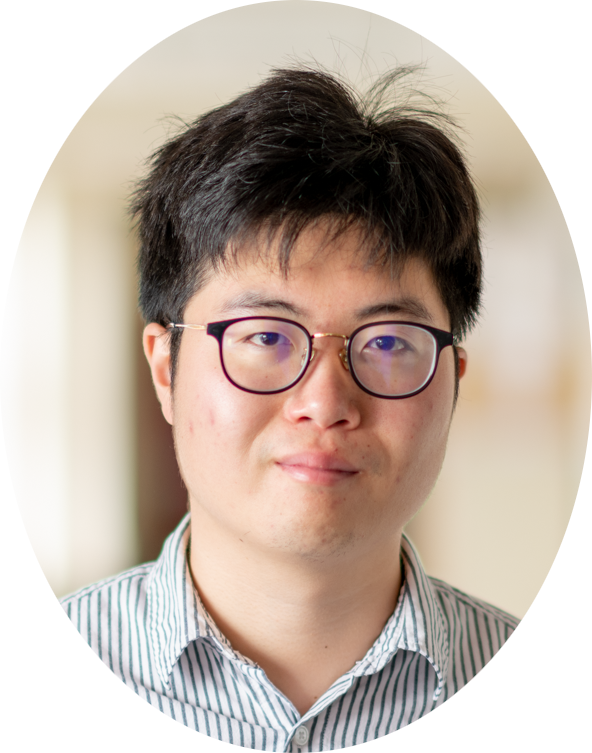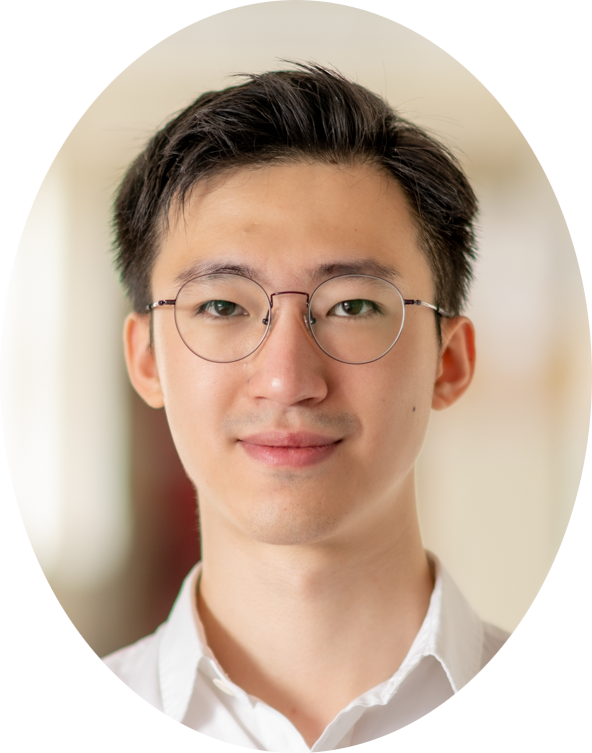Our project in collaboration with Robert Hess and Alexandre Reynaud (PI on this grant) has received Ignite Grant funding from Healthy Brains Healthy Lives. The project will explore the development and evaluation of “Dichoptic presentation of ebooks for the treatment of amblyopia and other visual conditions”.
I am an Assistant Professor in the McGill University Department of Ophthalmology & Visual Sciences, and a Junior Scientist in the Brain Repair and Integrative Neuroscience program of the Research Institute of the McGill University Health Centre. I have a laboratory at the Montreal General Hospital. For more information about me and my career please see my biographical sketch. A list of my publications can be found on my Google Scholar page. For more about my lab, please see the relevant page. I will be maintaining a resource of information there regarding the equipment and software tools we use.
I am a supervisor in McGill’s Integrated Program in Neuroscience. You can find me in the IPN supervisor database here. I am also a supervisor for the Quantitative Life Sciences program. You can find my supervisor page here. I have a page for prospective graduate or undergraduate project students.
Latest News
I am very happy to welcome Kiana Zanetti joining the Baldwin Vision Lab as an undergraduate project student in McGill’s PSYC-494 program. Her project concerns how the visual system uses “good continuation” to integrate contours.
We have just published a study in Investigative Ophthalmology & Visual Science looking at the relationship between measures of different aspects of binocular vision.
Purpose: Our visual system compares the inputs received from the two eyes to estimate the relative depths of features in the retinal image. We investigated how an imbalance in the strength of the input received from the two eyes affects stereopsis. We also explored the level of agreement between different measurements of sensory eye imbalance.
Methods: We measured the sensory eye imbalance and stereoacuity of 30 normally sighted participants. We made our measurements using a modified amblyoscope. The sensory eye imbalance was assessed through three methods: the difference between monocular contrast thresholds, the difference in dichoptic masking weight, and the contribution of each eye to a fused binocular percept. We referred them as the “threshold imbalance,” “masking imbalance,” and “fusion imbalance,” respectively. The stereoacuity threshold was measured by having subjects discriminate which of four circles were displaced in depth. All of our tests were performed using stimuli of the same spatial frequency (2.5 cycles/degree).
Results: We found a relationship between stereoacuity and sensory eye imbalance. However, this was only the case for fusion imbalance measurement (ρ = 0.52; P = 0.003). Neither the threshold imbalance nor the masking imbalance was significantly correlated with stereoacuity. We also found the threshold imbalance was correlated with both the fusion and masking imbalances (r = 0.46, P = 0.011 and r = 0.49, P = 0.005, respectively). However, a nonsignificant correlation was found between the fusion and masking imbalances.
Conclusions: Our findings suggest that there exist multiple types of sensory eye dominance that can be assessed by different tasks. We find only imbalances in dominance that result in biases to fused percepts are correlated with stereoacuity.
I am very happy to have had Annabel Fan joining the Baldwin Vision Lab as a PhD student as of Fall 2021.
I have a deep appreciation for visual perception and the neural mechanisms underlying our conscious experiences. This interest has led me to pursue doctoral studies at McGill University where I am investigating how visual information processing changes as we get older. My research aims to help older adults drive more safely and uses behavioural methods (including having older adults use driving simulators!). I am also a firm believer in knowledge mobilisation and have experience in translating research into web and mobile applications. I hope to combine my training in neuroscience and my passion for video games and virtual reality to improve human health. Outside of work, I enjoy various artistic hobbies (illustration, painting, sewing), and am working my way through a very long book list (currently on “Atlas of AI” by Kate Crawford).
I am very pleased to welcome Jeong Ung Song who joined the Baldwin Vision Lab as a graduate student in Fall 2021.
Hello, my name is Jeong Ung Song and I am a graduate student pursuing thesis-based Master’s Degree in Neuroscience at McGill University. I completed my undergraduate degree in Psychology at the University of Alberta, and worked as a lab manager for a computational neuroscience lab. Currently, I am using psychophysics method to study a rare visual disorder called visual snow, which causes people to see numerous particles in their vision. We believe that studying visual snow will get us closer to understanding the process in our visual system which modulates internal visual noise. In my spare time, I direct theatre and recently put on a production called CHANZO at the Edmonton Fringe Festival.
I am excited to announce that Raffles Zhu has joined the Baldwin Vision Lab as a graduate student as of Fall 2021. Raffles will be co-supervised by the MVR director Robert Hess.
My name is Raffles Xingqi Zhu and I am a first-year Masters student in the Integrated Program in Neuroscience (IPN). Prior to joining Dr. Baldwin’s lab, I completed a bachelor of science in physics with a concentration in biophysics at McGill. In my undergraduate years, I was fortunate to have worked on various research projects at the interface of biological and physical sciences, ranging from constructing phylogenetic trees to studying diffusion of nanoparticles. After I stumbled upon a neuroscience course, I grew interested in the field and decided I want to pursue graduate studies in visual neurosciences. My masters project will have a basic component involving the study of blur perception and a clinical component that aims to unravel the basis of visual deficits experienced by patients with amblyopia. In my free time, I enjoy doing photography and hiking outdoors.
We have just published a study in Journal of Vision comparing different tasks being used to measure ocular dominance plasticity.
In the recent decade, studies have shown that short-term monocular deprivation strengthens the deprived eye’s contribution to binocular vision. However, the magnitude of the change in eye dominance after monocular deprivation (i.e., the patching effect) has been found to be different between different methods and within the same method. There are three possible explanations for the discrepancy. First, the mechanisms underlying the patching effect that are probed by different measurement tasks might exist at different neural sites. Second, the test–retest variability of the same test can produce inconsistent results. Third, the magnitude of the patching effect itself within the same observer can vary across separate days or experimental sessions. To explore these possibilities, we assessed the test–retest reliability of the three most commonly used tasks (binocular rivalry, binocular combination, and dichoptic masking) and the repeatability of the shift in eye dominance after short-term monocular deprivation for each of the task. Two variations for binocular phase combination were used, at one and many contrasts of the stimuli. Also, two variations for dichoptic masking were employed; the orientation of the mask grating was either horizontal or vertical. Thus, five different tasks were evaluated. We hoped to resolve some of the inconsistencies reported in the literature concerning this form of visual plasticity. In this study, we also aimed to recommend a measurement method that would allow us to better understand its physiological basis and the underpinning of visual disorders.
We are pleased to announced that the lab has received initial funding from the Vision Health Research Network of the FRQ-S. This will fund a project investigating “Adaptation of visual processing to noisy signals in normal vision and Visual Snow Syndrome”.
To perceive the world through sight, the visual system must perform sophisticated processing on the input from the eyes. The visual input is noisy, and so the information regarding what is being seen must be inferred. Recent findings suggest that the brain may adapt its processing to the noise in the input. This can be seen in studies of healthy vision, in studies of changes with age, and in disease. This raises the question of whether these proposed adaptations are responsible for some of the symptoms of those diseases. In this project, I set out to establish whether these adaptations occur, with a specific focus on Visual Snow Syndrome. This condition has only recently gained interest as an area of study. Its sufferers experience a “TV static” noise across their visual field. My hypothesis is that in healthy vision there is a homeostatic balance controlling the effects of visual noise. In Visual Snow Syndrome, I would therefore hypothesise that this balance has been disturbed. For example, the palinopsia experienced by some patients may be due to abnormal temporal integration. In my project, I will develop behavioural methods to measure the strength of the visual noise affecting these individuals. I will also develop methods to measure the adaptive responses that this noise may have elicited. These experiments will use online psychophysical testing to reach a large cohort. Should this study find the hypothesised imbalance to be responsible, then that would raise the possibility of “re-balancing” the system to cure the condition.
We have just published a study in Journal of Vision on using attention to manipulate ocular dominance.
In binocular vision, even without conscious awareness of eye of origin, attention can be selectively biased toward one eye by presenting a visual stimulus uniquely to that eye. Monocularly directed visual cues can bias perceptual dominance, as shown by studies using discrete measures of percept changes in continuous-flash suppression. Here, we use binocular rivalry to determine whether eye-based visual cues can modulate eye balance using continuous percept reporting. Using a dual-task versus single-task paradigm, we investigated whether the attentional load of these cues differentially modulates eye balance. Furthermore, both color-based and motion-based cue stimuli, non-overlaid and peripheral to the rivalry grating stimuli, were used to determine whether shifts in eye balance were stimulus specific. Aligned to cue stimulus onset, time series of percept reports were constructed and averaged across trials and participants. Specifically, for the monocular attention conditions, we found a significant shift in eye balance toward the cued eye and a significant difference in the time taken to switch from the dominating percept, regardless of whether the attention stimuli is color based or motion based. Although we did not find a significant main effect of attentional load, we found a significant interaction effect between the attentionally cued eye and attentional load on the shift in eye balance, indicating an influence of monocular attention on the shift in eye balance.




